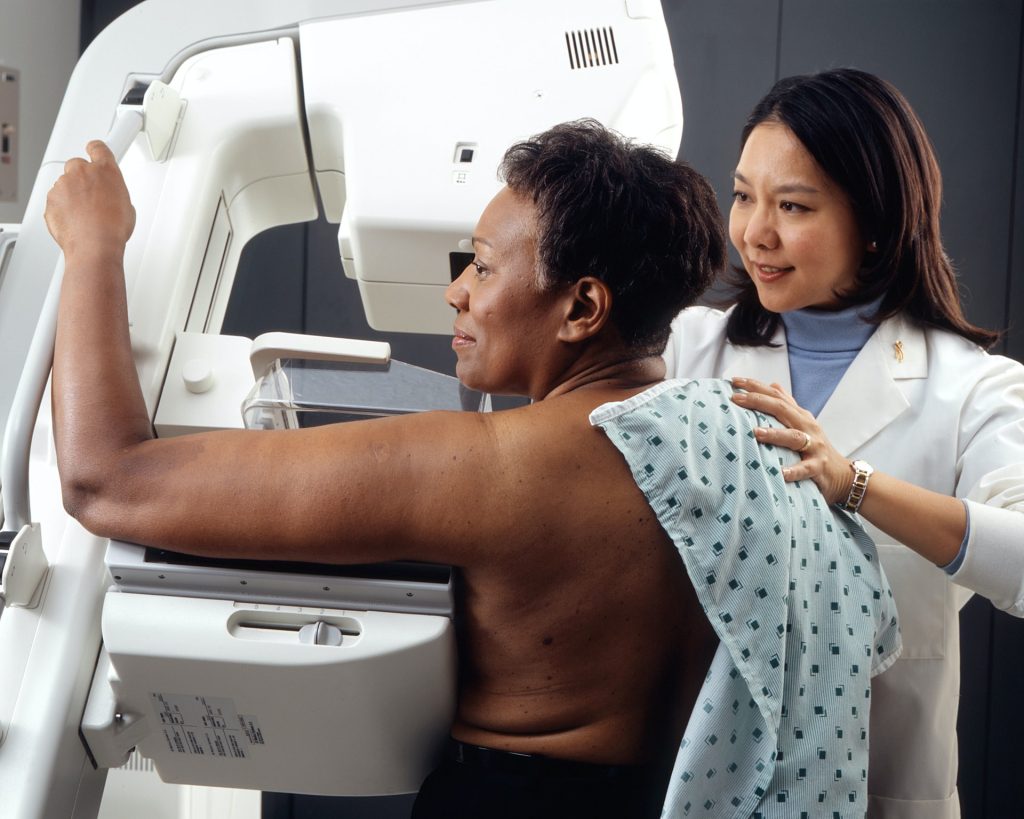NICD Tracking Rise of COVID Cases
Following a steep rise in COVID cases in three provinces, The National Institute for Communicable Diseases (NICD) is working with teams in those areas to monitor the situation.
Increases in the Northern Cape, North West and Free State have been observed by the NICD. The Northern Cape has over 3000 active cases, the North West over 2600 and the Free State over 2200.
The NICD said that it was working with provinces to ascertain whether the rise in cases could be attributed to cluster outbreaks and has recommend increased testing and contact tracing to contain the situation.
Acting executive director of the NICD, Professor Adrian Puren, said: “We want to reassure South Africans that we are actively monitoring the situation in these provinces and will keep the community informed of any new developments.”
The NICD said that with the April school holiday season soon starting and many people making plans for travel and social gatherings, it was still vital to continue to comply with COVID preventative health measures.
Earlier this month, Discovery Health described possible scenarios for COVID in South Africa. Poor social distancing and masking behaviours, superspreader events and a lack of early vaccinations, a third wave could claim as many as 76 000 lives, the insurance company estimated. However, by maintaining good nonpharmaceutical interventions and engaging in a prompt vaccination rollout, deaths would fall to 9000 by the end of the year.
The NICD monitors the number of confirmed COVID-19 cases and tests performed on a daily basis and associated resurgence metrics.
Source: Eyewitness News



